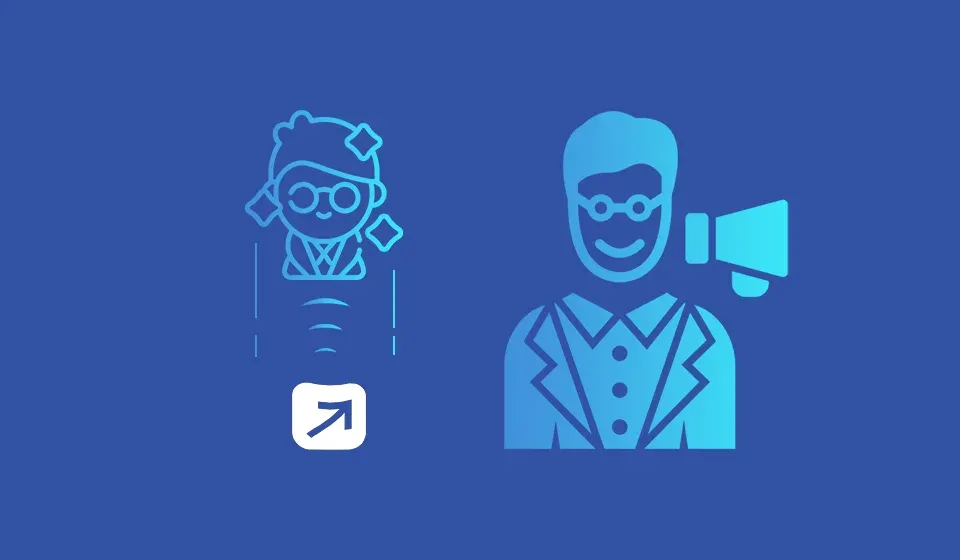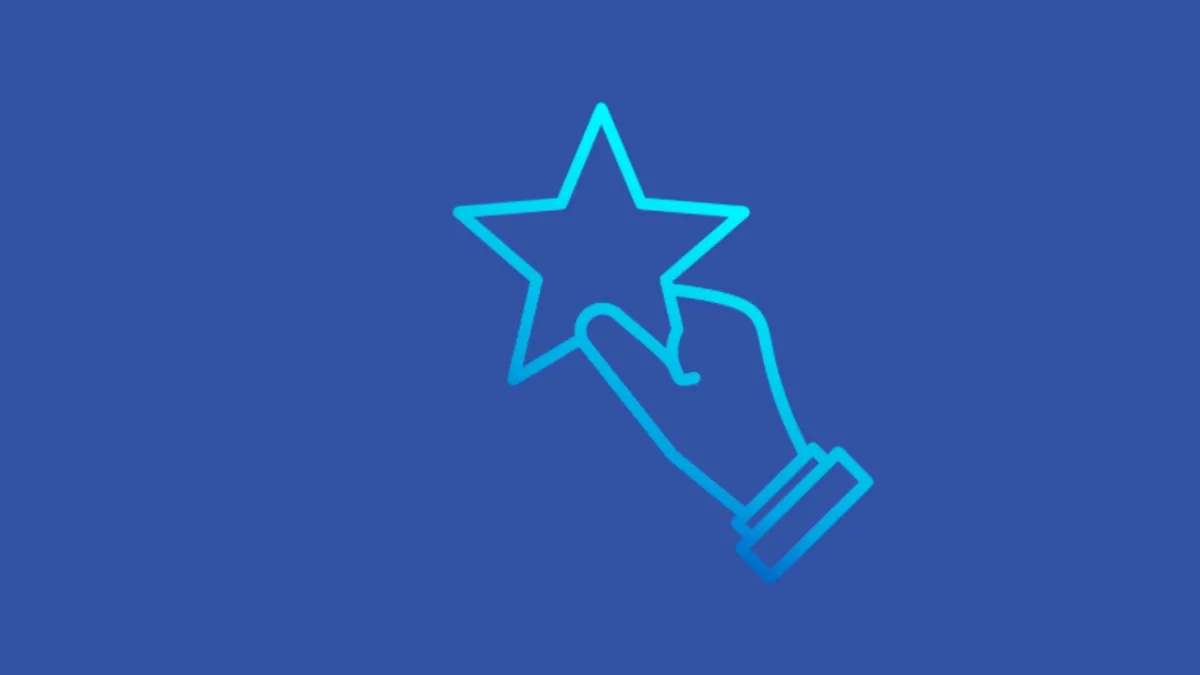Transitioning from a Motion Designer to a Creative Director is a significant shift, but there are several roles that can help bridge the gap and allow you to gain the necessary skills and experience. Here’s a step-by-step guide to help you make this transition, including potential transitional roles:
1. Art Director or Motion Design Lead
- What It Is: An Art Director or Motion Design Lead supervises the creative output of a team, specifically focusing on design and motion. This role will allow you to guide the visual direction of projects, collaborate closely with other creatives, and have more responsibility over creative decision-making.
- Why It Helps: It’s a great step to gain leadership experience, start overseeing creative vision, and understand how to manage a team. You’ll also sharpen your ability to balance creativity with client goals.
- Skills to Develop: Leadership, project management, high-level conceptual thinking, and client interaction.
2. Creative Strategist
- What It Is: A Creative Strategist works to align creative projects with broader business objectives. You’ll collaborate with marketing, product, and creative teams to develop strategies that ensure creative work fits within a brand’s overall direction and goals.
- Why It Helps: This role bridges the gap between creative work and strategic business objectives. You’ll gain experience understanding market needs, consumer insights, and aligning creative outputs with business strategies.
- Skills to Develop: Market research, branding strategy, communication with non-creative teams, and trend forecasting.
3. Innovation Specialist / Innovation Lead
- What It Is: In an Innovation Specialist role, you’ll focus on integrating new technologies (like AI, AR/VR, and other emerging tools) into creative processes. You might work across departments to drive forward-thinking solutions in design, marketing, and product development.
- Why It Helps: This role taps into your interest in innovation and allows you to experiment with new tools while guiding teams to adopt forward-looking solutions. You’ll also develop strategic thinking and leadership skills by pushing boundaries and introducing creative advancements.
- Skills to Develop: Technology integration, trend analysis, experimentation, and cross-functional collaboration.
4. Associate Creative Director (ACD)
- What It Is: An Associate Creative Director is a common transitional role between being a senior designer and becoming a full Creative Director. In this position, you’ll help shape the overall creative vision, manage larger teams, and work closely with clients while still being hands-on with creative work.
- Why It Helps: You’ll gain leadership and management experience while still being involved in the creative process. This role is a natural step toward full Creative Director responsibilities.
- Skills to Develop: Leadership, creative strategy development, client communication, and team management.
5. Brand Consultant or Content Strategist
- What It Is: A Brand Consultant or Content Strategist focuses on guiding how brands communicate through visual and verbal content. You’ll help shape the tone, messaging, and content strategy across platforms, ensuring consistency in brand communication.
- Why It Helps: This role gives you hands-on experience in developing brand identity and creative strategy, aligning content with overall business objectives. It’s an excellent way to understand how creative outputs impact brand perception.
- Skills to Develop: Content creation, brand identity, cross-platform coordination, and client-facing strategy.
Additional Steps to Transition:
- Build Leadership Skills
- Start by leading small projects or mentoring junior designers. Show initiative by taking on more responsibility, both in creative decision-making and team management.
- Expand Your Knowledge of Trends and Innovation
- Stay ahead of design and technology trends. Participate in workshops, webinars, and conferences that focus on cutting-edge creative technology (e.g., AI in design, AR/VR experiences).
- Develop a Portfolio That Highlights Strategy and Innovation
- As you transition, update your portfolio to showcase not only your design and motion skills but also your strategic thinking, leadership on projects, and innovative solutions. Include case studies that detail your creative decisions and the results they produced.
- Network with Creative Leaders
- Connect with other Creative Directors, Strategists, and industry leaders. Use platforms like LinkedIn to build relationships with professionals in roles you aspire to. Seek mentorship or ask for advice on transitioning into higher-level roles.
- Seek Out Opportunities for Cross-Disciplinary Collaboration
- Work on projects that allow you to collaborate with marketing, product development, or strategy teams. This will give you experience in working across departments and understanding how creative work integrates into larger business goals.
By transitioning through these roles and taking on more responsibility in strategy and leadership, you’ll develop the skills and experience needed to succeed as a Creative Director.
Books for Creative Leadership and Innovation:
- Creative Leadership:
- "Creative Confidence" by Tom Kelley and David Kelley (IDEO) – A great book on how to tap into your creative potential and lead innovative teams.
- "Radical Candor" by Kim Scott – Focuses on managing and leading teams effectively.
- "The Art of Creative Thinking" by Rod Judkins – This book explores different ways to nurture and apply creative thinking.
- Creative Strategy:
- "Creative Strategy and the Business of Design" by Douglas Davis – Helps bridge the gap between creativity and business strategy.
- "A Beautiful Constraint" by Adam Morgan and Mark Barden – Explores how to turn limitations into advantages, vital for innovation.
- Design Thinking and Innovation:
- "Change by Design" by Tim Brown – Essential for understanding design thinking and leading innovative projects.
- "The Lean Startup" by Eric Ries – While geared toward startups, this book provides valuable insights on innovation and experimentation.
- "Sprint" by Jake Knapp (Google Ventures) – A book about rapid prototyping and design thinking.
3. Online Courses and Learning Platforms:
- Creative Leadership:
- IDEO U: Offers courses like "Leading for Creativity" and "Design Thinking for Innovation". IDEO is a leader in human-centered design and innovation.
- LinkedIn Learning: Courses like "Leading Creative Teams" and "Design Thinking: Understanding the Process".
- MasterClass: Look for classes by David Carson (Graphic Design), Paul Krugman (Economics), or Chris Voss (Negotiation) to learn broader skills that influence creative leadership.
- Motion Design and Innovation:
- School of Motion: Advanced motion design courses that integrate storytelling, visual effects, and innovation.
- Motionographer: A hub for motion design news, articles, and tutorials, and an essential resource for staying on top of motion trends.
- Brand and Business Strategy:
- Coursera: Courses like "Creative Problem Solving" by University of Minnesota and "Design Thinking for Innovation" by UVA Darden School of Business.
- Harvard Business School Online: Courses such as "Disruptive Strategy" and "Design Thinking and Innovation".
4. Websites and Communities:
- Creative Inspiration:
- It's Nice That and DesignBoom: Both are great for staying up-to-date with the latest in creative work, design innovations, and trends.
- Mindsparkle Mag: Features beautiful branding, graphic design, and motion design projects that showcase innovation.
- Networking and Mentorship:
- CreativeMornings: A global community of creatives with regular talks and events. Great for networking and learning from experienced Creative Directors.
- AIGA (American Institute of Graphic Arts): Attend events and connect with design professionals who are leaders in the field.
- Trend Forecasting:
- WGSN and TrendWatching: Both are excellent for tracking trends across industries, which will help you anticipate the future of design and creativity.
5. Conferences and Events:
- Design Leadership Summit (DLS): Focuses on leadership in creative industries and fostering innovation.
- Adobe MAX: One of the top design conferences to learn about creative trends, motion design, and new technologies like AI.
- OFFF Festival: A creative and design festival that features workshops and talks from industry leaders in motion design, branding, and innovative storytelling.
- AWWWARDS Conference: Focuses on cutting-edge web and interactive design, which could help you explore innovative ways to integrate motion design with interactive media.
- SXSW (South by Southwest): A major event covering creativity, tech, design, and innovation. Great for learning about the intersection of design and technology.
6. Trend Forecasting Tools and Resources:
- WGSN Insight: A platform providing industry-specific forecasts, consumer insights, and design trends.
- The Future Laboratory: Offers strategic foresight and trend forecasting, with a focus on innovation in design and branding.
- TrendWatching: Provides up-to-date information on design and consumer behavior trends globally.
7. Groups and Networks:
- The Creative Director's Club (LinkedIn Group): A place to connect with and learn from other creative directors across various industries.
- Design Leadership Network (DLN): A group for senior design leaders, which can be helpful for gaining mentorship and learning from others in leadership roles.
- Women in Innovation (WIN): A great group to join if you're interested in cross-disciplinary collaboration and innovation, especially for networking.
Conclusion:
- Hands-on Experience: Gain practical experience by working in varied roles and companies like IDEO, AKQA, and other leading creative agencies.
- Books & Courses: Deepen your knowledge through reading and courses from IDEO U, School of Motion, and Coursera on leadership, strategy, and innovation.
- Vision Development: Use resources like WGSN and TrendWatching to build your knowledge of future trends, and attend conferences like Adobe MAX or OFFF to stay inspired.
- Networking: Join creative networks like AIGA, CreativeMornings, and Design Leadership Network to find mentorship and connect with professionals.
This comprehensive approach blends learning, practice, and networking, helping you grow into the role of Creative Director while staying motivated and current.





Comments